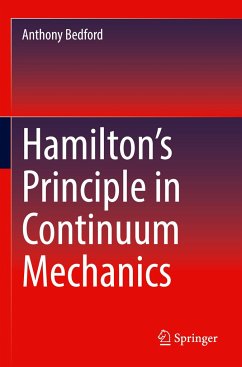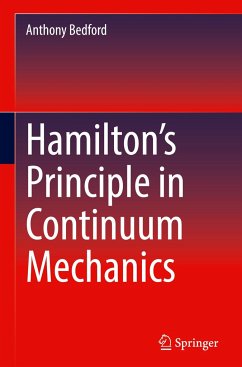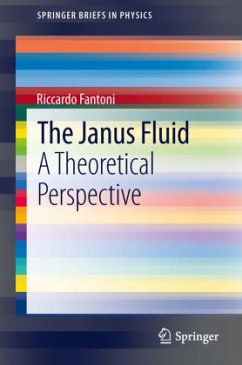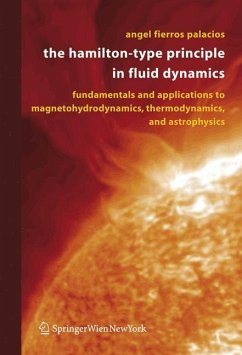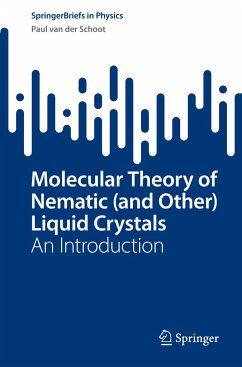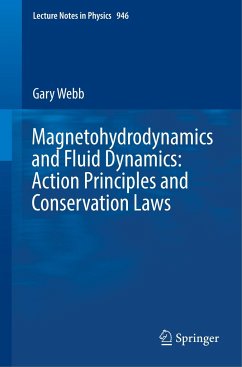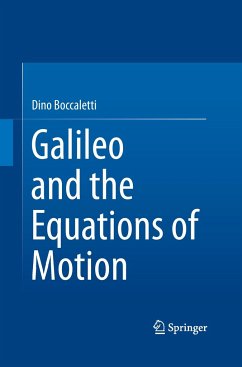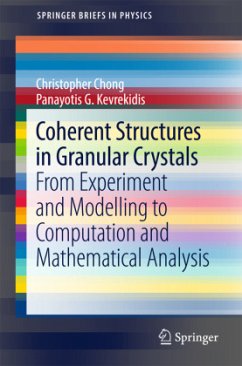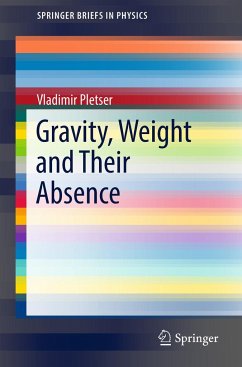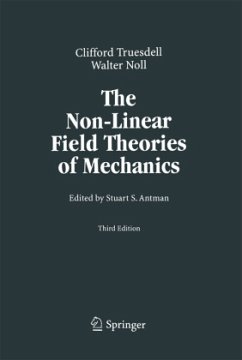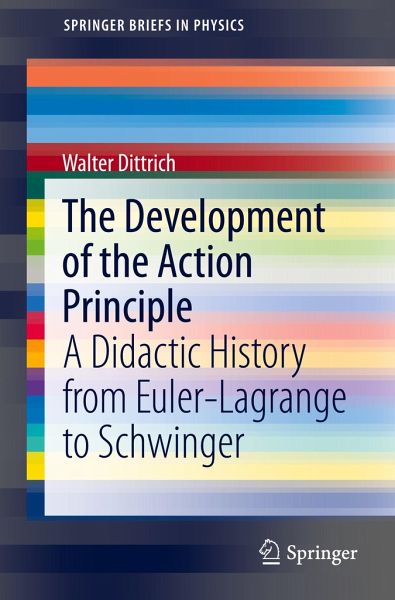
The Development of the Action Principle
A Didactic History from Euler-Lagrange to Schwinger

PAYBACK Punkte
27 °P sammeln!
This book describes the historical development of the principle of stationary action from the 17th to the 20th centuries. Reference is made to the most important contributors to this topic, in particular Bernoullis, Leibniz, Euler, Lagrange and Laplace. The leading theme is how the action principle is applied to problems in classical physics such as hydrodynamics, electrodynamics and gravity, extending also to the modern formulation of quantum mechanics and quantum field theory, especially quantum electrodynamics. A critical analysis of operator versus c-number field theory is given. The book ...
This book describes the historical development of the principle of stationary action from the 17th to the 20th centuries. Reference is made to the most important contributors to this topic, in particular Bernoullis, Leibniz, Euler, Lagrange and Laplace. The leading theme is how the action principle is applied to problems in classical physics such as hydrodynamics, electrodynamics and gravity, extending also to the modern formulation of quantum mechanics and quantum field theory, especially quantum electrodynamics. A critical analysis of operator versus c-number field theory is given. The book contains many worked examples. In particular, the term "vacuum" is scrutinized.The book is aimed primarily at actively working researchers, graduate students and historians interested in the philosophical interpretation and evolution of physics; in particular, in understanding the action principle and its application to a wide range of natural phenomena.





